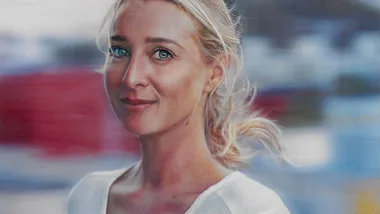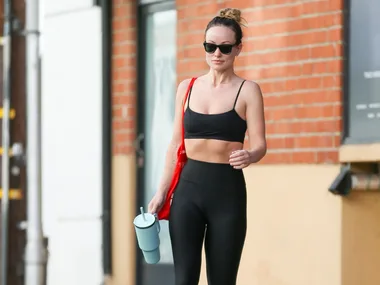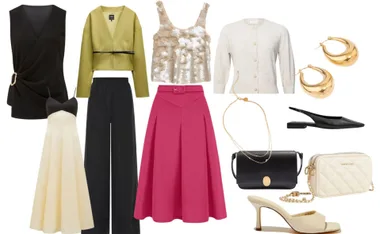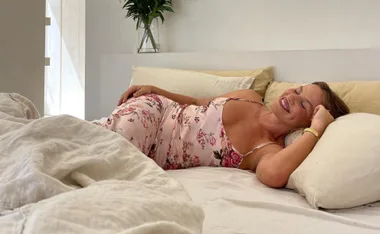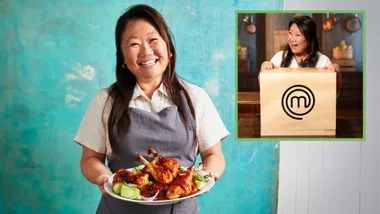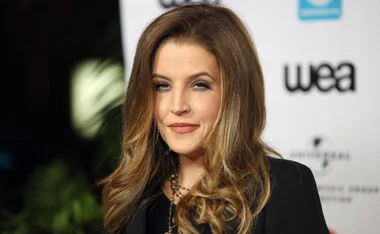Legendary funnyman Billy Crystal brushes up his best granddad jokes in Parental Guidance, out on DVD 24 April. We catch up with the man himself.
How would you sum up your Parental Guidance character, Artie?
He’s got a dream that’s sort of kept him at a distance from his daughter. He’s a baseball announcer but in the minor rather than major leagues. He’s done it for 35 years and he’s moved his family around several times to pursue his dream, then he gets fired. He’s set in his ways but inside him is a grandfather waiting to come out. I’d say he’s very funny and irascible but willing to change.
Have you ever had the same dilemma, finding yourself out of work?
I have, yes. Every time they say “That’s a wrap” on whatever project, you’re out of work… but nothing with the finality of what Artie is facing. At that age, it’s more than likely he’s not going to get another chance. But as an actor, you get to a certain age and the way the movie business is, they only think kids go to see movies. But then, with the success of so many adult-themed movies, like The Best Exotic Marigold Hotel and things like that, you wonder why they don’t make more of them. In America there are 77 million people over 60 and I think it’s every 10 minutes that another 10,000 people turn 60. This is a movie not only for them but also for their kids and their kids.
Parental Guidance seems like the ideal film for a family to sit down and watch together…
That was a big reason why we wanted to make the movie. Nothing is really for everybody these days, so we really wanted to make a movie that parents could sit and watch with their own parents and their kids, altogether – and that’s very rare, to get them to laugh and cry at something that’s also clean.
What do you hope families will get from watching the film?
Hopefully they’ll get a sense that families need to connect and they need to be together, and not just at the holidays – that grandparents have a responsibility towards their kids and kids have a responsibility towards their parents to keep the family tree together. I think that’s really important. Also, hopefully, viewers will see themselves in it and have a good time watching. Even with the stuff that makes them cringe a little bit and go, “Ooh, do I do that too?” – that’s good comedy to me. I hope they come away with a sense of who they are as well.
Do you have much in common with Artie?
Maybe that at that age he has a sense of who he should be in his life and that sense of enjoyment. I have a great relationship with my grandkids, much more than Artie does in the movie, and it comes to him later in life. But you know, later is better than never. I think we both have a sense of humour and we’re both a little old-school in our approach to raising kids.
How important to you is family?
They’re the most important thing in my life. When we’re all together you just stop worrying about things you shouldn’t worry about and you go “Wow, look what we did”. It’s always been my goal to provide for them and keep them healthy and happy as best I can.
Has being a family man affected your career choices?
Yes, it has. You can’t live your life for your kids or grandkids but sometimes I think “Alright, will they be able to watch this with me? Maybe not today but when they’re 15?” The little ones are just starting to understand what I do, and I went through this with my daughters when they were growing up, being careful about certain scenes… and what I say is, “Is it OK and how will it reflect on them?” I think you have to somehow factor that into your work and not let it rule it, but you have to think twice sometimes.
You have a great rapport with Bette Midler. How was working with her?
I’m sorry it took so long for us to get to work together but now that we have, it’s been well worth the wait. We’ve known each other for 30-something years and when it finally came time to make the movie I looked at Andy Fickman, who directed it, and we both went “What about Bette? She seems perfect.” We sat down and it was the first time we really had a meal together. I was looking at her thinking, “Could this be my wife?”, and it felt great right away. She ate off my plate and told me, “You shouldn’t order that”, and we just fell into a rapport together. I see that on screen too. It felt very natural and very comfortable. We were like a pair of old shoes together.
You also get to sing together…
That happened as an accident. We were shooting the stuff on the train and we were in an old train station in Atlanta, Georgia. There were all these tiles and it had a great echo. It was cold and we were entertaining the little ones, who were getting a little bored and frustrated, so we started singing these old rock-and-roll songs together. I turned to her, with the dual purpose of being her co-star and also one of the producers of the movie, and said, “Why don’t we sing in the movie?” That’s how that song ended up getting in the picture. It wasn’t in the original script at all. It just sort of happened. We threw it together the night before and did it the next day, and it was great to sing with her. Audiences like seeing us together too, and that’s a good feeling.
The singing aside, how much was in the script and how much was improvised?
We wrote a very good script but there are little pieces throughout the movie that were improvised. There are little moments with Bette, like a bit at the beginning where I can’t put the phone on hold. I have trouble with that at home; any kind of technology is a little daunting sometimes. So I said, “Bette, just keep telling me to put it on hold and I’ll fumble around.” It turned out to be one of the more charming things in the movie.
Are you better with technology than Artie is?
I’m getting a little better. I have an iPhone and can navigate with that. I’m getting better on the computer but some of the other things I’m not great at. I’m always scared I’m going to start a fire, which I think I even say in the movie.
And have you embraced Facebook and Twitter?
I tweet a little bit but I’m not on Facebook. I have friends like Steve Martin and Albert Brooks who are great tweeters and they do it constantly, but it’s too much pressure for me. Is anyone interested that I went to the market today? I don’t think so. Tweets have to be funny when you’re in the public eye as a funny person. If I’m inspired I do it, and if I’m not I just let it go.
Are you a sports nut like Artie?
Oh yeah, I’m a very large baseball fan and probably could have been an announcer at one point but I was playing all the time. I still love to play and I’m a big New York Yankees and pro-basketball fan. Are you an indulgent grandparent?
Sometimes, although you have to really respect what your kids are doing with their kids. You can’t push your way into areas where you shouldn’t say something or do something; you have to always remember they’re not your own kids. Play with them, love them, spoil them to death then hand them back.
What are your memories of your own grandparents?
They were sort of the wise people in our family. They always seemed old and when I look back and realise how old they actually were, it’s kind of interesting to me. They were very old-school. My grandmother was a Russian woman, my grandfather was from Vienna in Austria and even in their sixties they looked like they were in their eighties. They were very wise. They lived just a few blocks from our house and every time you’d go there you felt like you were going to some place special and that you’d glean some wisdom from them. Always with great respect and great affection is how I remember them. One of the kids in the film has an imaginary friend. Did you have one yourself?
An imaginary friend? No. [Laughs] They all said they didn’t like me.
Newsletter conversion description. Get the latest in your inbox.

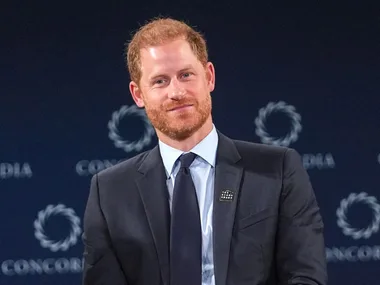
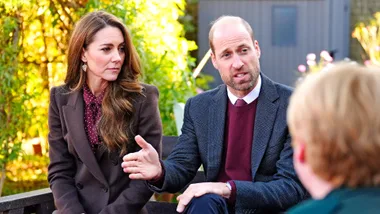
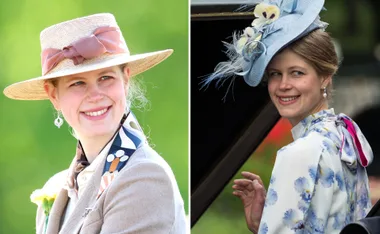
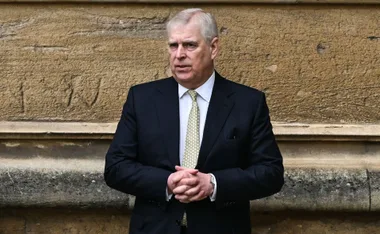
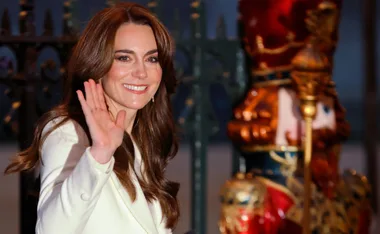








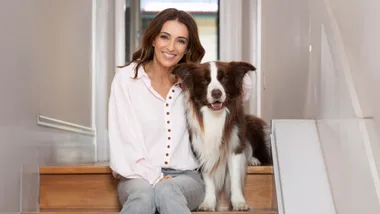

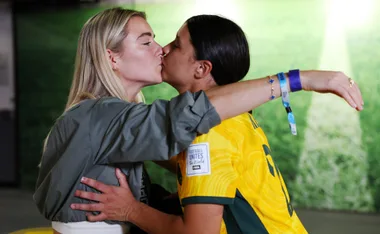









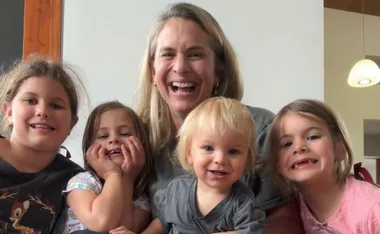
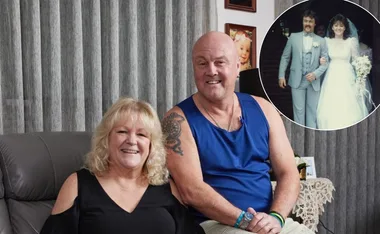


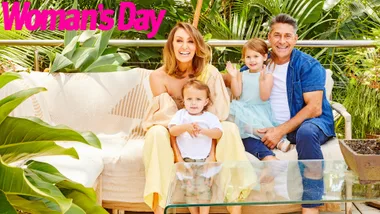
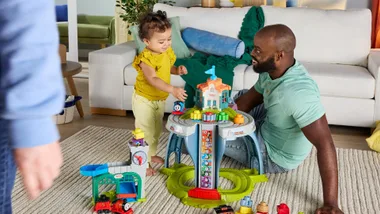







.jpg?resize=380%2C285)
